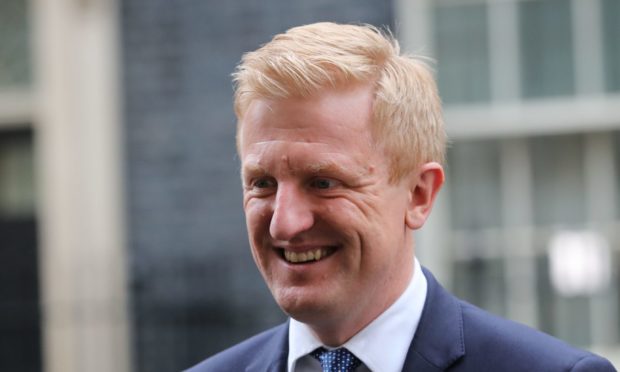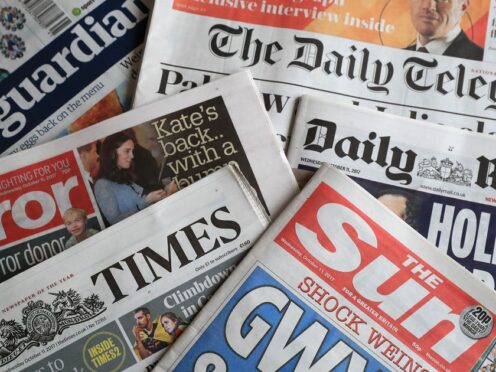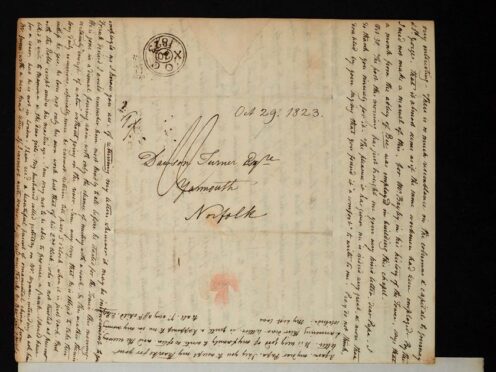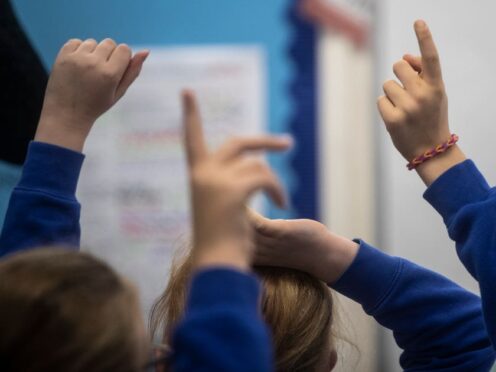A counter disinformation unit set up by the UK Government is already rebutting around 70 false claims per week.
The “anti-fake news” division was launched by Downing Street last month to curb the spread of incorrect information about coronavirus being shared online.
It was found that some posts on social media containing false “facts” about the pandemic were being viewed by more people in 24 hours than factually correct posts on NHS websites were over the course of an entire month.
These included articles about doctors allegedly curing patients of coronavirus with zinc and anti-malarial drugs, and other anecdotes completely contradictory to official health guidelines.
When a “false narrative” is identified by the Counter Disinformation Cell, the government will contact the source and ask it to be removed or issue a direct rebuttal.
Meetings have also been taking place with social media bosses to discuss what further action can be taken.
Yesterday Culture Secretary Oliver Dowden said: “Traditionally – I say traditionally but it’s only been for the past few years – the disinformation cell has been used in respect of democratic events in order to analyse and counter the threat of hostile state interference in democratic events.
“But we took the view that in respect of this unprecedented public health crisis and the risk of misinformation we should step it up.”
He said the unit’s main focus is to steer people away from fake news and towards reputable sources instead.
Mr Dowden added: “The single best thing we can do to counter false narratives is just to drive reliance on reliable narratives”.










